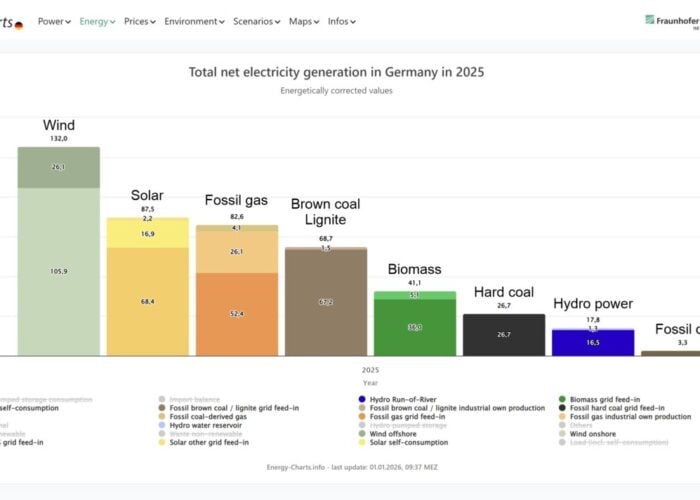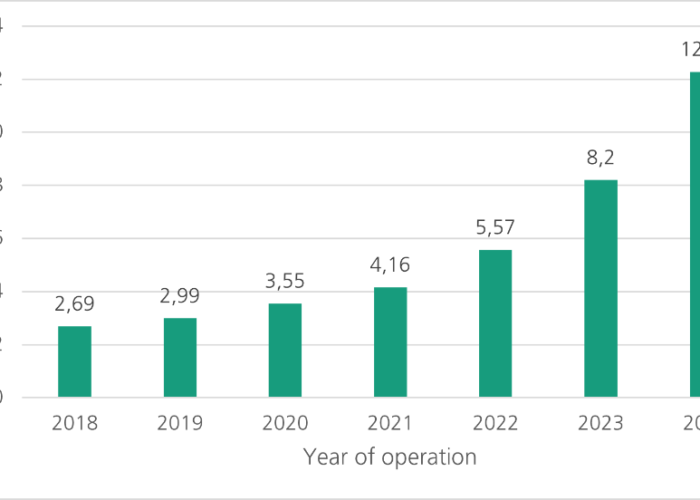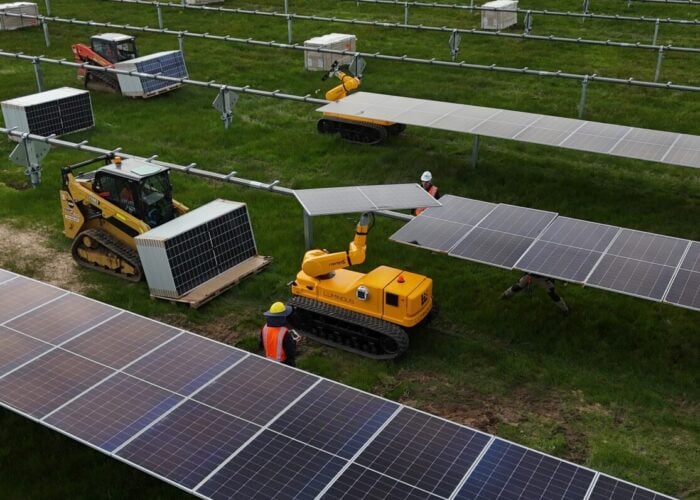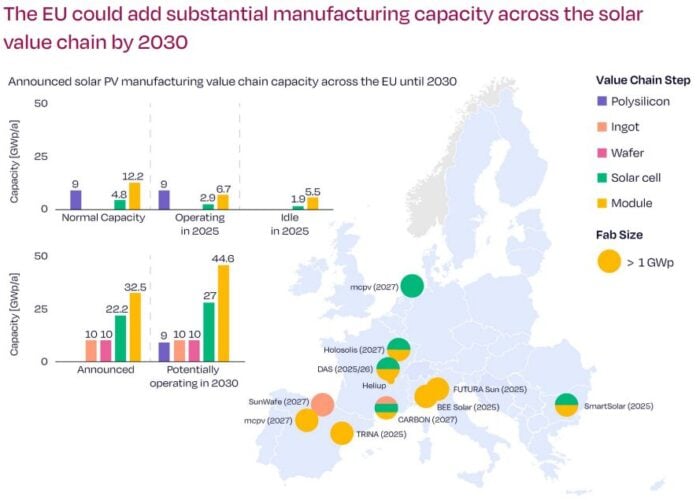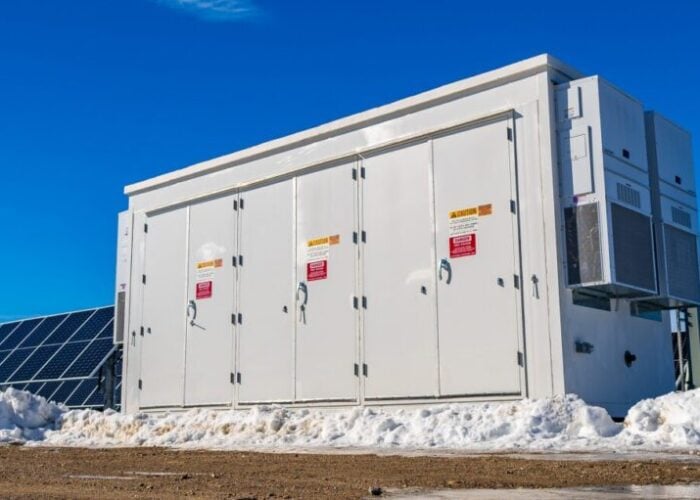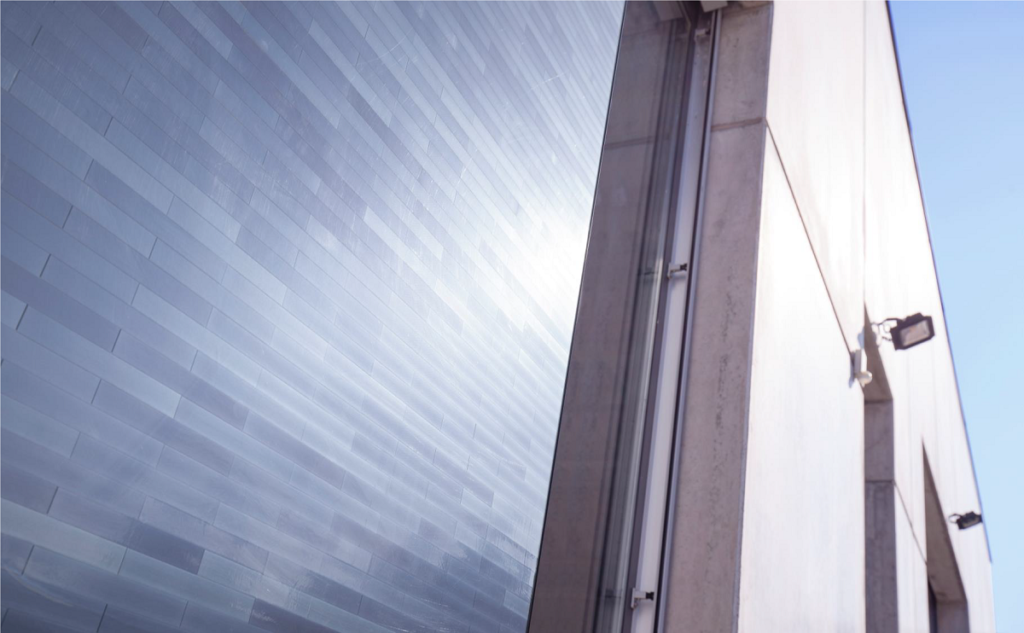
The Fraunhofer Institute for Solar Energy Systems ISE and M10 Industries have unveiled a new matrix shingle technology for connecting solar cells which is claimed to produce modules 2 – 6% more efficient than those using conventionally connected half-cut cells.
Under the approach, the stringer arranges shingle solar cells in an offset fashion likened to how bricks are laid in a masonry wall. This arrangement boosts the efficiency of the module while also improving shading tolerance, the duo said.
Try Premium for just $1
- Full premium access for the first month at only $1
- Converts to an annual rate after 30 days unless cancelled
- Cancel anytime during the trial period
Premium Benefits
- Expert industry analysis and interviews
- Digital access to PV Tech Power journal
- Exclusive event discounts
Or get the full Premium subscription right away
Or continue reading this article for free
Fraunhofer ISE said the technology goes “one step further” than conventional shingled solar module technologies, wherein individual cells are overlapped in a shingle arrangement to reduce the space between solar cells of a string, resulting in smaller currents and higher efficiencies.
The matrix arrangement allows for a more complete use of the entire module area, producing modules which are up to 6% more efficient than modules using conventionally connected half-cut solar cells.
Meanwhile, the matrix also allows for current to flow around shaded areas of the module, potentially doubling the amount of power a module can produce while under partial shading.
The new stringer used to develop the matrix was built within the Shirkan project and funded by the German Federal Ministry for Economic Affairs and Energy.
Having presented a paper on the topic at this year’ European Photovoltaic Solar Energy Conference and Exhibition (EU PVSEC) last month, the first prototypes using the technology are to be on display at this week’s Intersolar Europe 2021 exhibition in Munich.
The technology is described as being best utilised for integration with building facades, with Achim Kraft, head of group for interconnection and encapsulation at Fraunhofer ISE, describing matrix shingle modules as “predestined” for integrated applications.

